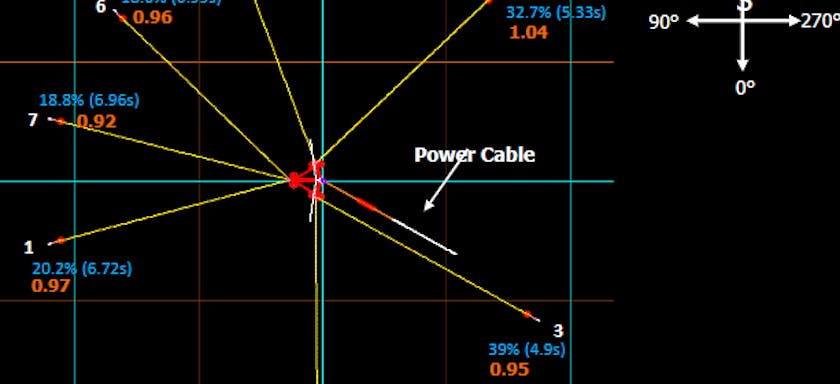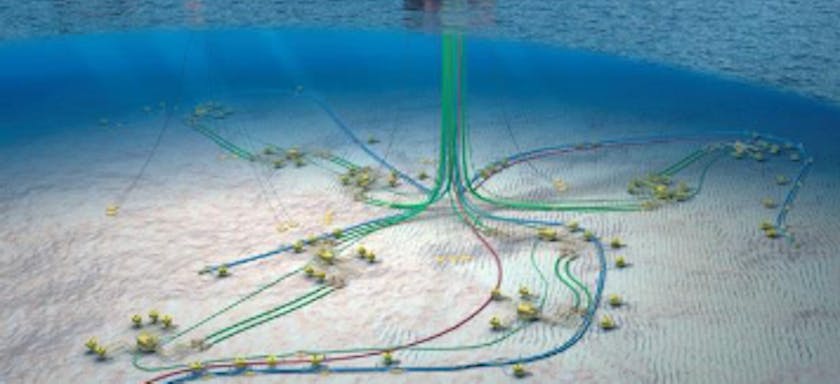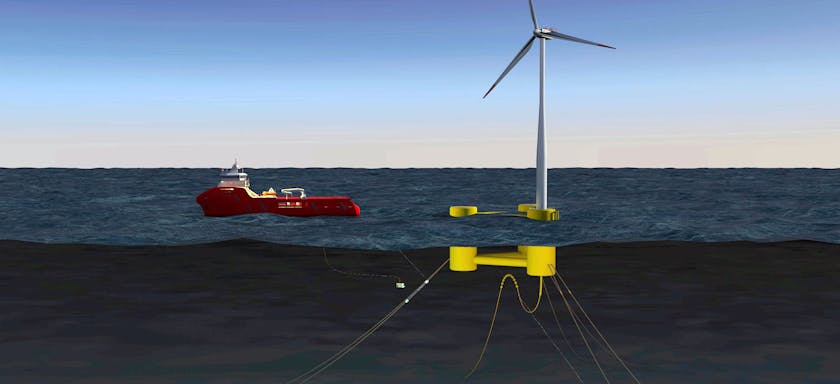Measurement of Wellhead Fatigue
EVENT: OTC
1 May 2015
Fatigue loading on subsea wellheads has been increasing in recent years through the use of larger and heavier BOP stacks and the longer drilling durations needed for deeper wells and to extend production lives. This challenge has prompted the widespread implementation of monitoring systems to confirm predictions of wellhead fatigue and ensure well operations are conducted safely.
Monitoring system design requirements, data processing and evaluation of field measurements from a number of wells are described. Monitoring systems for measurement of wellhead fatigue require careful planning. Considerations include what to measure, instrument accuracy, power, data transmission, methods of attachment, data processing and data storage. The evaluation will determine the suitability of off-the-shelf equipment or the need for application specific devices. An example assessment of the requirements of measurement devices from which wellhead fatigue can be derived is given that demonstrates the importance of integrated consideration of instruments, resolution and data processing methods in the selection and design of the system. The assessment presented here has widespread application across subsea wellhead systems worldwide.
A variety of different approaches to monitoring wellhead system fatigue have been attempted. These include motion measurement, using devices located in varying positions along the wellhead and BOP, to strain measurement of the conductor pipe. Examples of real systems used in different geographical locations and the wellhead system fatigue damage derived from the data are presented. The improved understanding of wellhead behaviour and modelling improvements that can be made from the use of the data obtained are demonstrated. Finally, comparisons of response measurements from different devices demonstrate the importance of instrument positioning. This finding provides a driver for the design of future instrumentation systems and an important pointer for verification of wellhead fatigue damage derived from previous monitoring programs.
The work presented here provides a systematic basis for design and implementation of wellhead fatigue monitoring systems. Furthermore, the field measurements obtained demonstrate some potential pitfalls to be avoided and how to get maximum value from the data obtained.
Author

Alex Rimmer
Director, UK

About
Alex is a Chartered Engineer with a first-class master’s degree in mechanical engineering from the University of Bath and has been working for 2H Offshore since 2004. Alex has significant experience in the design and analysis of drilling and production systems for deepwater and shallow water developments, most notably as lead analysis engineer for BP’s Block 31 PSVM freestanding hybrid riser design project. Alex has taken on a number of managerial roles at 2H, including technical manager of the Norwich office, where he was responsible for integrating UWG’s shallow water riser and conductor engineering team and business into 2H. He has been a director in our London office since 2011.








